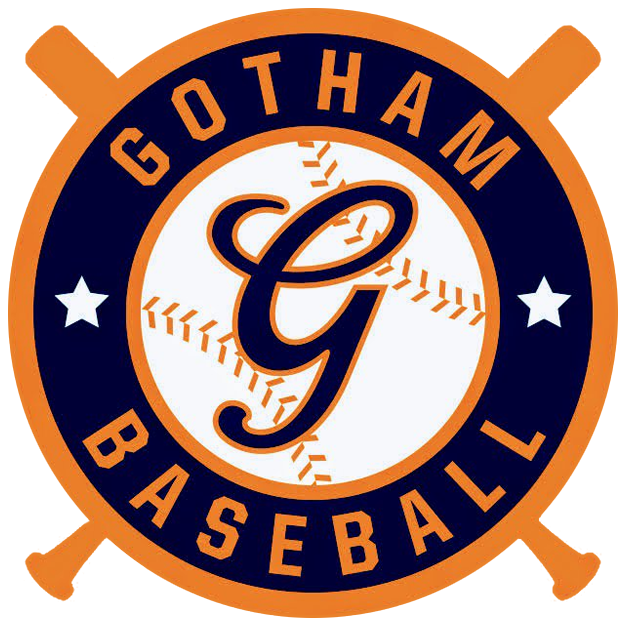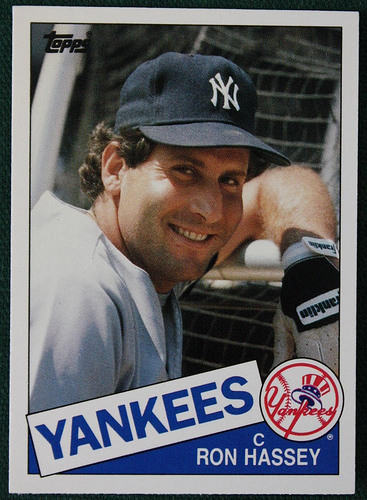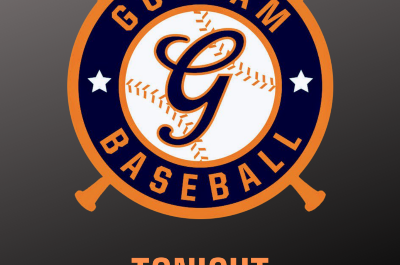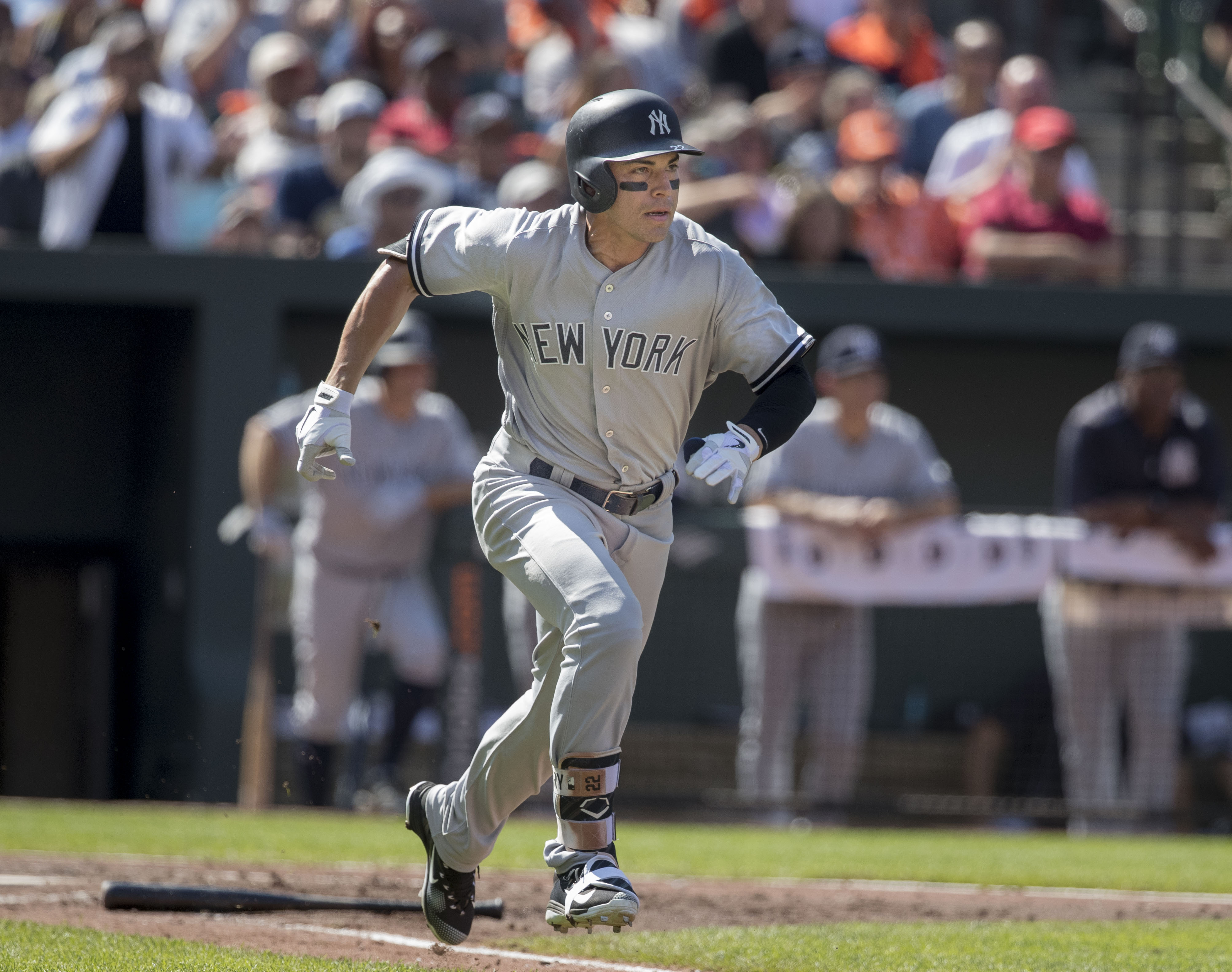This hot stove season has been extraordinarily quiet. You could fill out an all-star team with players remaining on the free agent market. There are quite a few theories floating around as to why we are nearing February and there are still so many players out of work. Collusion theories, tanking theories, and age bias theories are fun to kick around, but there is one thing that can be said for certain; teams are more conservative than ever before.
While the Yankees can still spend like no other team, Brian Cashman and his front office has taken a measured approach in the past half-decade or so.
They’ve lowered salary to avoid the luxury tax. They’ve stockpiled the Minor League system. And, they’ve made some deft trades. Cashman always has a plan, always sticks to the plan, and seemingly executes the plan well. The Yankees have never had a losing season under Brian Cashman. In fact, they haven’t had a losing season since 1992.
There is now a generation of Yankees fans who only know the Hal Steinbrenner Yankees. They only know winning. They only know peace. Well, peace is relative in New York sports, but the Cashman Yankees are definitely as peaceful as they have ever been.
Any child of the 80’s remembers a far different atmosphere in the Bronx. We remember the instant manager firings. We remember the endless string of trades that were made to win a playoff spot but just left the Yankees older.
Despite finishing with the most regular season wins in the decade, they were an unstable, inefficient, chaotic organization. One could only imagine what could have been if the Yankees had any of the measured reason they have today. They certainly would’ve held on to some of their more useful, productive players. The instability got in the way of winning the ultimate prize, but it certainly made for an interesting ride.
While there were many examples to cite, perhaps no player represented the inefficiency and chaos of the 1980’s Yankees more than catcher Ron Hassey. Hassey’s tenure with the Yankees is largely forgotten and wasn’t especially long. But, his brief time was symbolic of the instability of the Yankees.
Hassey was never a star, but he was an underrated offensive catcher during an era that didn’t see too many offensive catchers. Hassey was drafted in the 18th round of the 1976 draft by the Cleveland Indians. Two years later, he would make his Major League debut. The left-handed hitting catcher didn’t come with a defensive catcher label and he didn’t hit for much power. But, he had a strong arm and got on base at a high rate.
From 1978 through 1983, Hassey would average 87 games played per season and would post an average season of .273/.347/.377 with 12 doubles and 4 home runs. He didn’t walk very much—an average of 30 times per season—but he would strike out just 26 times per season. Despite the lack of a defensive reputation, Hassey would throw out over 30 percent of runners in five of those six seasons. He would lead the league in caught stealing percentage, throwing out an incredible 56 percent of runners in 1981.
During the 1984 season, Hassey was involved in one of the more famous trades of the decade as he was sent to the Cubs along with Rick Sutcliffe and George Frazier for Joe Carter, Mel Hall, and Don Shultze. He would play just 19 games for the Cubs and wasn’t on the 1984 playoff roster. During the winter, he was traded to the Yankees in a package that included the immortal Porfi Altamirano, Rich Bordi, and Henry Cotto for Brian Dayett and Ray Fontenot.
As with all things 1980’s New York Yankees, Hassey’s tenure with the Yankees was as bizarre as it could get. The bizarre part had nothing to do with Hassey’s play. He actually put up two of the best seasons of his career during the 1985 and 1986 seasons. In 1985, he paired with Butch Wynegar to form a productive platoon. Hassey appeared in 92 games and hit .296/.369/.509 with a career-high 13 home runs. He would add 16 doubles, 28 walks, and would strike out just 21 times. The Yankees had a productive tandem and that team would go on to win 97 games and be one of the best teams in Major League Baseball history to miss the playoffs.
Here’s where the bizarre kicks in.
In December of 1985, the Yankees traded Hassey to the Chicago White Sox. He was shipped out along with Joe Cowley for Britt Burns, Glen Braxton, and Mike Soper. Burns was the big get as he was tagged as the next ace, coming off of an 18 win season—yes, the wins were more important than the 3.96 ERA or mediocre strikeout rate—and was just 27 years old. Burns would come with a hip condition that would cost him his career. It appeared the Yankees were duped.
Two months later, the White Sox and Yankees made another trade. This time the Yankees sent Glen Braxton, Neil Allen, and Scott Bradley to the White Sox in exchange for Chris Alvarez, Eric Schmidt, Matt Winters, and…Ron Hassey.
Here’s an 1986 flashback with a Ron Hassey appearance:
(Editor’s Note – I added this after Gary submitted the story. I know Hassey makes the last out, but I like to put a video in a story to show a player whenever I can. Besides I love the postgame interview between Jim Katt and Billy Martin. – MH)
In a span of two months, Hassey was traded away and traded for by the Yankees. He would start out his second season as a Yankee quite fast. In 64 games, he would hit .298/.381/.466 with a career-best 25 doubles and 9 home runs.
Bizarre would kick in again.
On July 30th, the Yankees and White Sox would strike another deal. Once again, the Yankees traded Hassey back to the White Sox along with Carlos Martinez for Ron Kittle, Joel Skinner, and Wayne Tolleson. Hassey would excel for the White Sox for the remainder of the 1986 season, slashing at a .353/.437/.500 rate. His Yankees career would finish with 156 games played, a .297/.374/.491 slash line along with 30 doubles and 19 home runs in 458 at-bats. The Yankees would struggle to find an offensive catcher for the next half decade until Mike Stanley came along.
Hassey would finish his career as a platoon player for the Oakland A’s during the late 80’s. He was a member of their World Championship team of 1989, although he didn’t play in the World Series. He would appear in the 1988 and 1990 World Series, totaling 31 postseason at-bats and a postseason career mark of .323/.439/.452. During his run as the Oakland A’s backup catcher, he would turn into Bob Welch’s personal catcher during Welch’s 27 win season.
Ron Hassey also has the distinction of catching two perfect games during his career. He was behind the plate for Len Barker’s perfect game in 1981 and Dennis Martinez’s perfect game a decade later in 1991. He would retire after that 1991 season and coach for the next two decades.
The Yankees, like most teams of that time period, didn’t value on-base percentage. While Ron Hassey will never be discussed as an all-time great, his career .340 on-base percentage is the 47th best all-time as a catcher. Further, Butch Wynegar, Hassey’s Yankees platoon mate, is actually higher on the all-time catcher on-base percentage leaderboard. The Yankees had a veteran tandem behind the plate who gave positive value. Instead of holding on to that for a few more years, they traded Hassey away—three times—and endured a half decade of non-production at catcher for next five or six seasons (Don Slaught would come the closest to being competent during that time).
If Hassey had played during this era, he would’ve been valued much more by teams. By comparison, only 11 catchers posted an on-base percentage over .340 during the 2017 season. There simply would’ve been more value placed on Hassey’s offensive skill set.
Like many other names who passed through the pinstripes of the 1980’s, Ron Hassey’s time was cut short by a severe dysfunction in the organization that was slowly heading towards the bottom of the division by the end of the decade.



